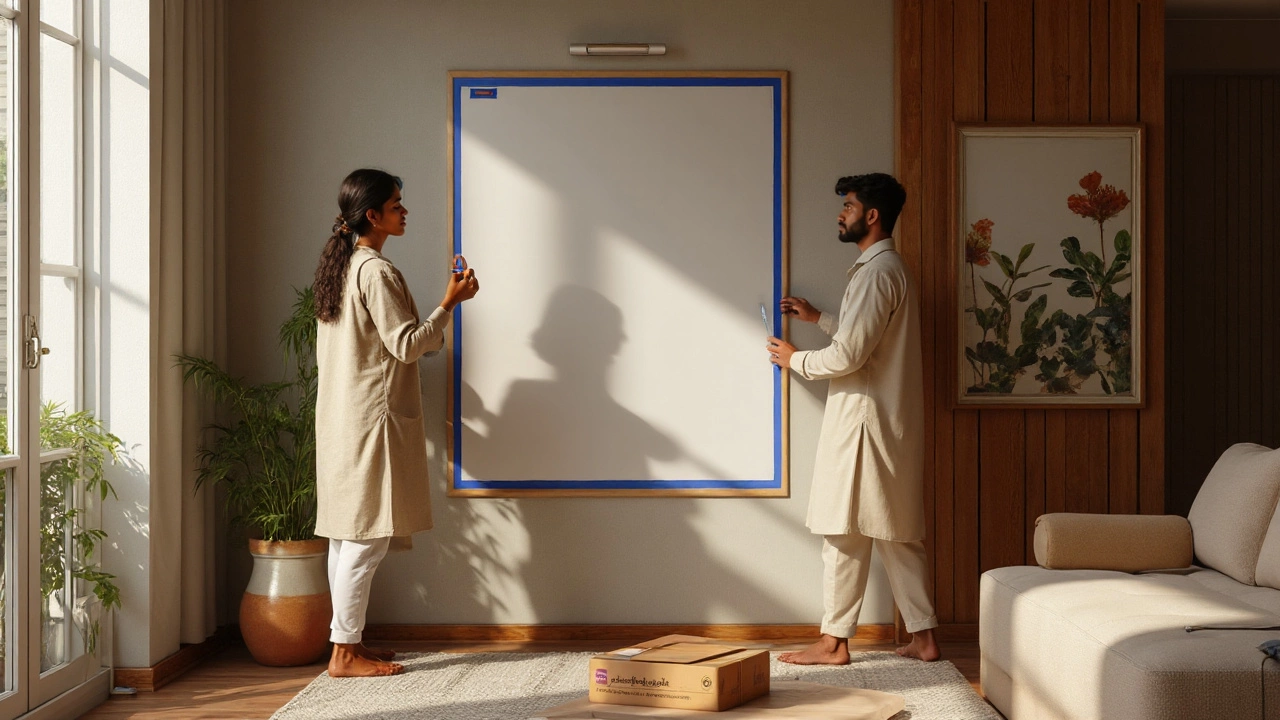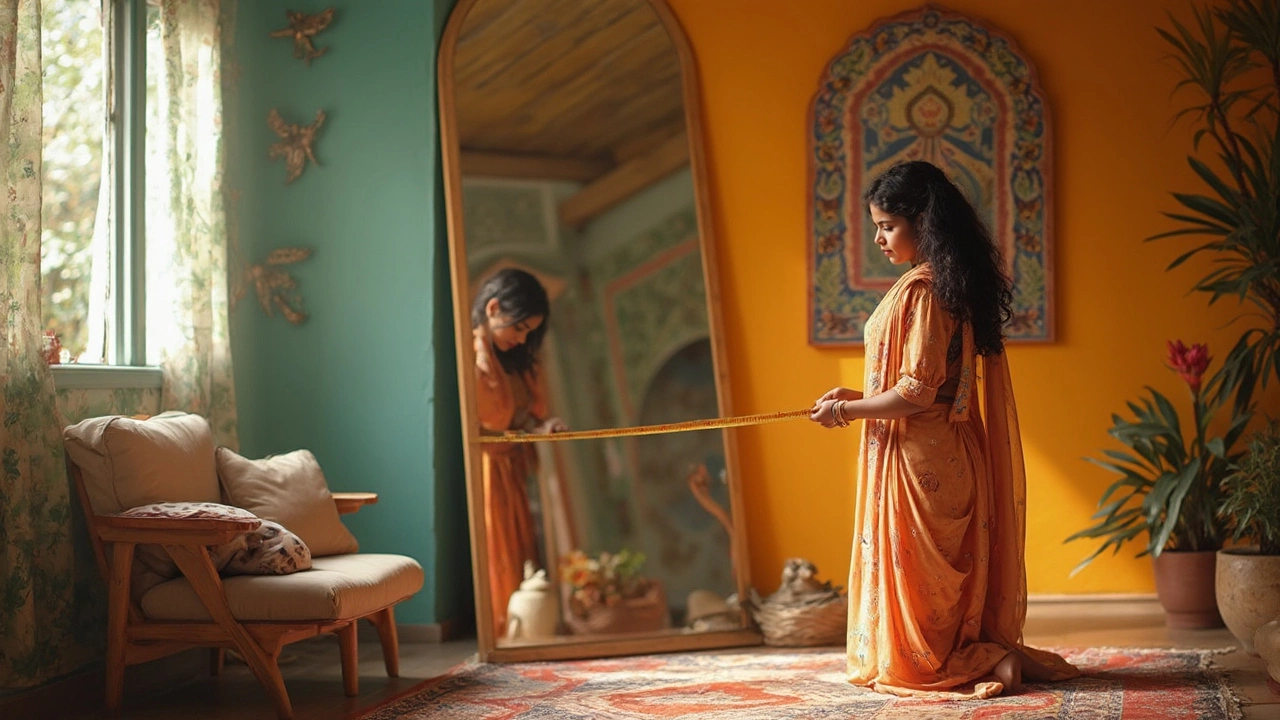
How to Choose a Mirror for Your Room: Size, Placement, and Style Guide (2025)
Get the right mirror for your room with simple rules: size, height, shape, light, safety, and budget. Clear steps, UK-ready tips, and quick checklists.
View MoreWhen thinking about mirror placement, the practice of positioning mirrors to enhance illumination, perception of space, and overall décor. Also known as mirror positioning, it plays a key role in interior design, especially in smaller rooms or bathrooms. Bathroom mirrors are a classic example where placement directly impacts daily routines, while mirror value influences budgeting decisions for both vintage finds and modern décor.
One of the first things to consider is the relationship between a mirror and natural or artificial light. Placing a mirror opposite a window reflects daylight across the room, effectively doubling the brightness without extra bulbs. This trick works just as well with ceiling lights—angle the mirror to bounce light toward darker corners and you’ll notice an instant lift in ambience. From a design standpoint, interior design treats mirrors as visual extensions of a space, so a well‑placed mirror can make a cramped hallway feel like a gallery. The trick is to choose a spot where the reflected view adds interest—like a garden, a piece of art, or just an open sky—rather than a cluttered wall.
In the bathroom, the most common rule is to hang the mirror at eye level for the primary user, but there’s more nuance. If the vanity has multiple users, a longer mirror or a set of mirrored panels at varied heights can accommodate everyone. Mounting the mirror slightly above the sink also helps to reduce glare from bright fixtures, which is a tip many homeowners overlook. For living rooms, think about focal points: a mirror placed behind a sofa can bounce light onto the TV, while a large floor mirror opposite a fireplace adds depth without competing with the hearth’s visual weight. When dealing with narrow corridors, a tall, narrow mirror on one side creates the illusion of width, especially when paired with a light‑colored wall.
Value considerations are just as important as aesthetics. A high‑quality mirror with an authentic frame can appreciate over time, especially if it’s an antique with a unique patina. However, most modern homes benefit from affordable, low‑iron glass that offers clear reflection without the greenish tint of cheaper options. If you’re budgeting, compare the price per square foot and check for warping—cheaper mirrors may lose flatness, which distorts the reflected image and defeats the purpose of enlarging a space.
Beyond looks, mirrors can serve functional roles in homes that love a touch of drama. They’re useful in workout rooms for checking form, in kitchens for monitoring a cooking line without turning your back, and even in bedrooms as part of a calming night‑time routine when paired with soft lighting. Each of these scenarios benefits from a specific placement strategy that balances practicality with the desire to make the area feel larger.
All of these ideas tie back to the core principle that mirror placement isn’t just about hanging a reflective surface—it’s about shaping how you experience a room. Below, you’ll find a curated selection of articles that dive deeper into bathroom mirrors, evaluating mirror worth, dealing with mirror‑related anxiety, and more. Whether you’re after budget‑friendly upgrades or a high‑end centerpiece, the posts ahead give you the know‑how to make the right choices for your home.

Get the right mirror for your room with simple rules: size, height, shape, light, safety, and budget. Clear steps, UK-ready tips, and quick checklists.
View More
Struggling to find the perfect mirror? This guide breaks down the essentials you actually need to consider, from size and purpose to style and placement. Whether you're battling bad lighting, want to make a room feel bigger, or simply need a solid selfie spot, you'll find clear tips that take the guesswork out of shopping. No stuffy jargon, just real advice—even a few tricks you might not have thought of. Make sure your new mirror actually works for your room and your daily life.
View More